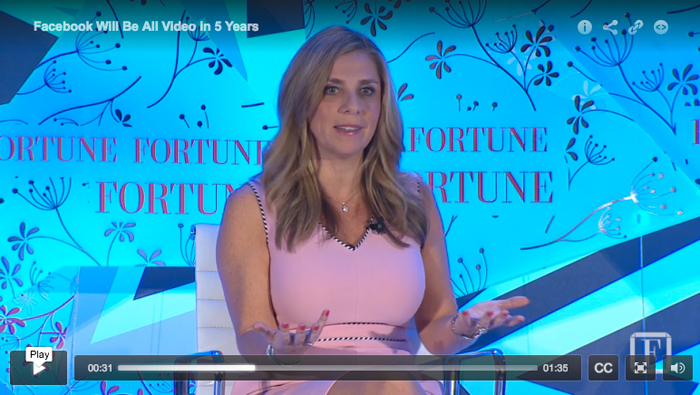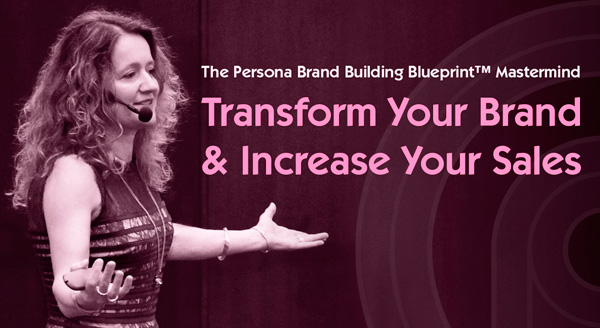Top 7 Branding Trends in 2017
With each December comes the inevitable look back at what we’ve learned in the year that was, as well as a look forward with predictions of trends aplenty. The business of branding is no different, although there is a constant in branding that we draw your attention to, namely: brand identity, including packaging, design, and naming — in amongst all the other rapidly evolving branding trends.
Does Branding Defy Fads?
Branding is different to other businesses in one very important way. That is, brands are everything and everything is a brand. A brand is alive and must be fed and nurtured to stay healthy and grow.
“A brand is a living entity – and it is enriched or undermined cumulatively over time, the product of a thousand small gestures.” – Michael Eisner, Disney CEO, 1984-2005 |
Therefore, a professional brand audit, occasionally leading to a brand refresh encompasses essential elements such as brand identity, packaging, design, and naming. Such is the tender loving care that must take place regularly and diligently throughout a brand’s lifetime.
A popular blog post: Brand Audits — How to Use One to Grow Your Profits
That being said, let’s look at a curated collection of where branding trends are heading in 2017, at smaller trends within the bigger branding picture that apply to SMEs / SMBs as well as to larger companies and services.
7 Branding Trends for 2017
Brands Focus on Building Connections, Not Sales
Over the past five years or so, the meteoric rise in social media has taught us that all media is social. All the one-way streets leading from healthy brands to their audiences have been resurfaced and re-routed to accommodate two-way traffic. Your brand has a story to be told…and sharing it is all about the customer journey: building connections, not hard selling.
Two-way communications, humanizing the brand, authenticity, and personalization are the buzzwords that are absolutely here to stay as the customer experience is firmly the heart of the brand in 2017.
Read more in this blog: Brand Stories: Critical to Brand Growth Strategy
Employees Gain Clout as Brand Ambassadors
Forget the ivory tower. In 2017, more and more brands of all sizes will invest and train to inspire, empower, and develop employees as the outstanding front-facing line of brand ambassadors. Frankly, no one is more invested in seeing the company successful and the brand be well-liked than the people who work in its name. And, no one is better at circulating good news, cementing relationships, and drumming up loyalty.
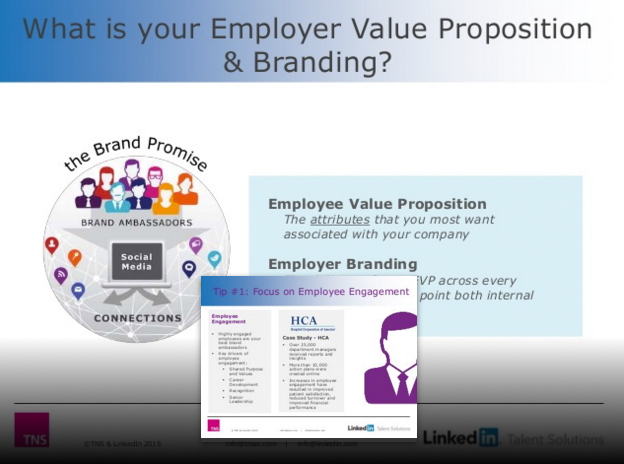
Image via Linkedin Talent Blog
“Customers are really interested in connecting with empowered employees who are the subject matter experts, not brand spokespeople or brand marketeers.” – Eric Nystrom, Director of Social Media and Community at Dell |
Check out: The Best Brand Ambassadors Are Already on Your Payroll
Brand Messaging and Storytelling is Increasingly via Video
Video will be all the rage in 2017, as smaller brands play catch up by learning that it’s entirely possible to produce short videos with a smartphone on a shoestring budget.

Did you know? Publishers report that 85 percent of Facebook video is watched without sound.[1]
Over the past year, we’ve watched video become an important, powerful medium for businesses, with the introduction of Facebook Live mushrooming views from 1 billion to 8 billion year-on-year.
In mid-2016, Facebook’s Nicola Mendelsohn, VP for EMEA, predicted the platform will be “all video” in less than five years, with plenty of immersive 360-degree and virtual reality experiences going forward.
See the Fortune interview on the future of video here.
In an Omni-Channel World, Brands Leverage Mobile-First Communications
With smartphones in their pockets, your customers are always on. Therefore you want to be where they are. After all, Google has a mobile-first strategy and so should every brand, even if their bricks-and-mortar premises closes for the day…or there’s a blackout?

Image via Flickr 2.0, Marcin Wichary
Case Study in Real Time: It was 2013 — such a long time ago in “high tech years.” You’re watching the SuperBowl on TV while simultaneously tweeting conversations about its highlights. Suddenly, inside the New Orleans Super Bowl dome, they experience a blackout that ends up lasting for 34 minutes. Here’s how one brand famously jumped into the real-time, multi-channel, mobile-first arena with lightning fast and ultra-clever messaging:
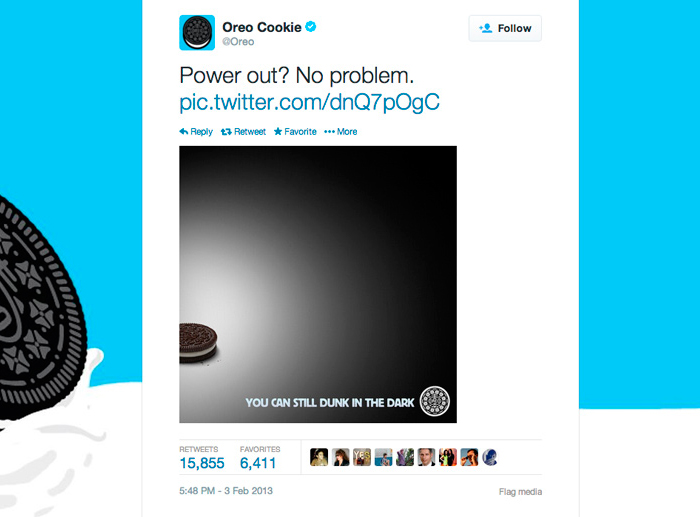
Image via Oreo on Twitter
The ad world reckons the Oreo brand got more oomph from this one tweet than from their multi-million dollar Super Bowl television commercial.
Today, thanks to algorithms, machine learning, data collection and analysis, real-time brand messaging evolves into right-time / right-place / right-person / right-interests brand messaging, as personalization is the overarching trend.
Brands Use Data to Increasingly Personalize Customer Experiences
If you’re still asking whether localized branding is frightful or insightful, 2017 will surely settle the score in favour of the latter.
Your phone will vibrate as you walk close to a coffee shop selling your favourite roast. And, why not? If you’ve shopped there before, the push notification with a special offer for a hyper-personalized outreach by the brand (the coffee roast, or the coffee shop, or even the brand of doughnuts they sell) is easily done. Local marketing, re-targeting, and “near me” moments are being leveraged by SME brands and hundreds of mobile apps.
According to eMarketer, the majority of U.S. marketers intend to allocate more of their budgets to customer loyalty in 2017, and about 13 percent said they anticipate significant increases in spending on such programmes.[2] (Survey: CrowdTwist in partnership with Brand Innovators) |
Brands Focus on Sustainability and Going Green
Three big name fashion brands: H&M, Zara, and Benetton “have worked hard over the past few years, banning hazardous chemicals from their production,” reports Greenpeace International[3] in their latest Detox Catwalk index.
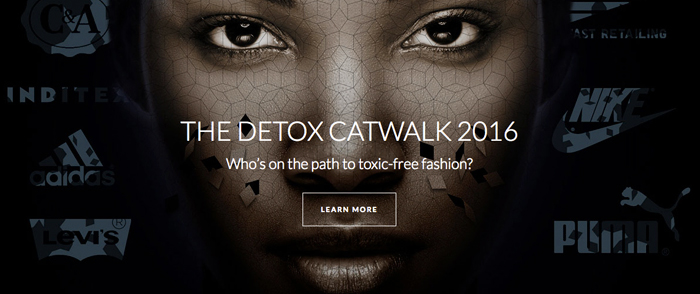
Image via Greenpeace International, Detox Catwalk
Consumers are being heard loud and clear on performance with a conscience. Sustainability matters. Supply chains matter. Food and material sources matter. Energy savings matter. Eco packaging matters. CSR matters.
Find out more: Brand CSR – The Business Case for Successful Branding and Social Good
Brand pioneers paving a path to an environmentally-friendly, greener future will be joined by many more in 2017.
Sixty-eight percent of online shoppers say purchasing eco friendly products is important to them. – Consumer Behavior Report by PriceGrabber.[4] |
Learn more: Eco Packaging: Essential for Your Profitability and the Environment
Brands Develop a Gen Z Voice
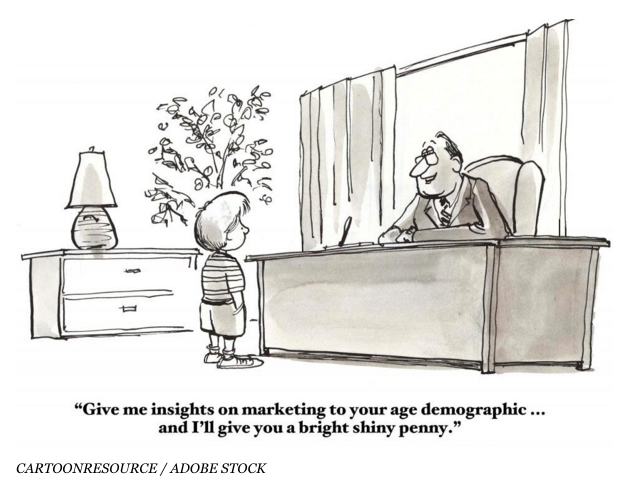
The demographic cohort following Millennials, tagged Generation Z, are “the next big retail disruptor,”[5] catching the attention of consumer brands beginning in 2017. As the oldest of America’s 75 million Millennials reach their mid-30s, the oldest Gen Z-ers are graduating from college. This expanding cadre of teen digital natives who cannot remember a time before social media and smartphones are being called “Millennials on steroids”[6] and 2017 is the year when brands will be figuring out how to communicate and what resonates with this cohort.
“A good brand-advocacy strategy is a must-have when it comes to dealing with Gen Z.” – Forbes[7] |
In Summary: The 2017 Branding Trends Landscape
It may seem like a tall order, but hey…2016 was no bed of roses, either. Stuart Sproule, Landor’s president of North America, sums it up in the branding agency trends watch, “Digital, Physical, And Everything In-Between.
Sproule says, “We are seeing the most complex brand landscape ever. Consumers want the latest in technology, more personalized experiences, more opportunities to interact – all in a more simple, streamlined process. Brands will need to be agile and adapt to changing demands, but they will also have to go a step further. These trends signal greater consumer involvement in how products and services engage them. Brand managers will have to be less rigid and more open to input from both internal and external audiences.”[8]
And the good news…we’re here to help!
If you want direction and support transforming your brand so it fully embraces changing trends then the Persona Brand Building Blueprint™ Mastermind is the perfect fit for you.
This is a two-day brand building intensive shared with a small group of like-minded peers where you work on your brand with our leadership. In fact over the two days you re-evaluate your brand and create your brand strategy from the ground up whether you’re revitalising an existing brand or creating a new one.
At the end of the two-day Persona Brand Building Blueprint™ Mastermind you leave with your fully documented brand strategy ready for development and implementation in your business or organisation. If your team is larger and you’d like to include everyones participation in the Persona Brand Building Blueprint™ Mastermind then we also run in-house private client brand building intensive programmes too. Just drop us a line or give us a call to discuss your preferences and we’ll develop your brand building intensive bespoke to your particular brand requirements.
Questions Brand Owners and Managers Might Ask About 2017 and Branding Trends:
- When was the last time we undertook a professional brand audit?
- Did we successfully reach new customers in 2016? How does our lead generation strategy fit within the changing brand trends of 2017?
- Does our content marketing strategy incorporate video?
- How well does our brand messaging reflect our customers’ wants and needs?
- Does our 2017 Brand Strategy Plan need dusting off?
- Is our brand packaging up-to-date and eco friendly?
[1] http://digiday.com/platforms/silent-world-facebook-video
[2] http://www.adweek.com/socialtimes/rachel-newton-sessionm-guest-post-2017-predictions-mobile-marketing-loyalty/647832
[3] http://www.greenpeace.org/international/en/news/Blogs/makingwaves/detox-fashion-brands-toxic-pollution-ranking/blog/56910
[4] http://bit.ly/2fLT4Ho
[5] http://www.nytimes.com/2015/09/20/fashion/move-over-millennials-here-comes-generation-z.html?_r=0
[6] https://www.salesforce.com/blog/2016/01/generation-z-millennials-on-steroids.html
[7] http://www.forbes.com/sites/laurenfriedman/2016/10/04/why-brands-should-be-fighting-for-gen-zs-attention/2/#39286e565ee3
[8] http://landor.com/thinking/trend-watch-2017-digital-physical-everything-between

